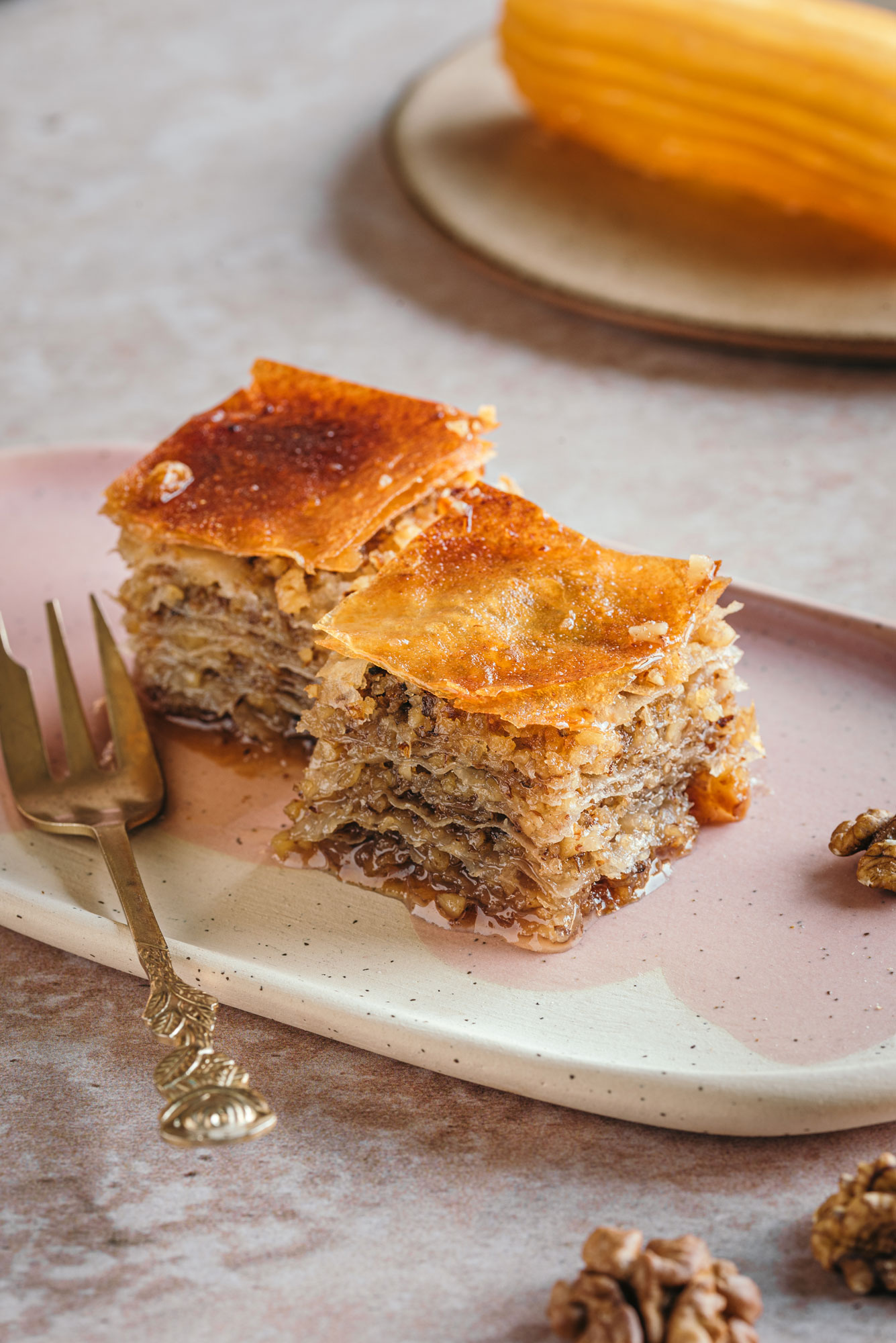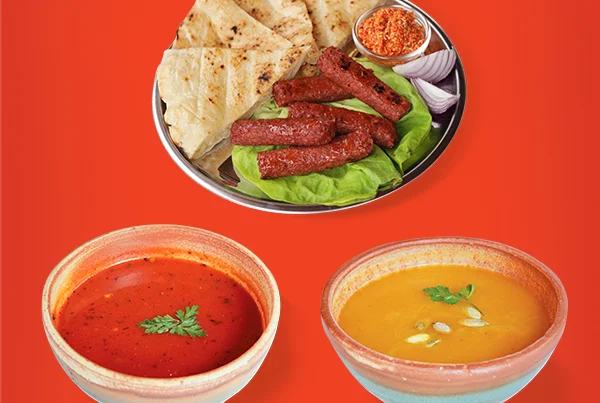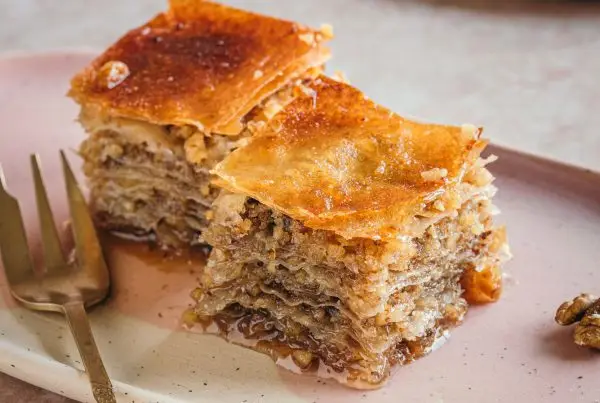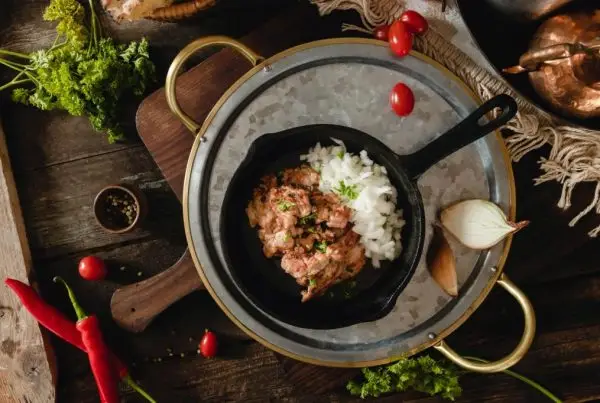Regrettably, there isn’t much information available regarding the history of this delightful treat. There are several records and recipes, but their exact provenance is a mystery. Many people, including those from the Balkans, and the Near and Middle East, view it as their traditional delicacy. The essence of this dessert is the same across all recipes, while the specifics and techniques of preparation vary from place to place, but the heart of this delicacy is the same – a blend of ground walnuts and sweet syrup creates its distinctive flavour.
Learn more about the dessert queen, baklava, in the sections below!
THE ORIGIN OF BAKLAVA
Regarding the name’s origins, there are several points of contention. Some believe that the Mongolian term _bayla, which means to tie or attach, is where the name “baklava” first appeared. Others believe that this name derives from the Armenian words _halvah_ (halva), which means sweet, and _ bakh_ which means to fast.
Some sources claim that the Assyrians of antiquity created the first baklava in the 8th century BC. Unleavened bread was utilized, and it was baked after being stuffed with chopped walnuts and honey.
Baklava’s inception as a dessert in the Ottoman Empire during the 15th century, following the capture of Constantinople, is a fact. In the kitchens of the Topkapi Palace, there were records of how this delicacy was made. It was exclusively available to rulers and senior officials at the time. Few people were thought to be able to afford such a luxury.
Baklava was only made for exceptional occasions, such as religious holidays and weddings because people could not frequently afford to purchase this delight.
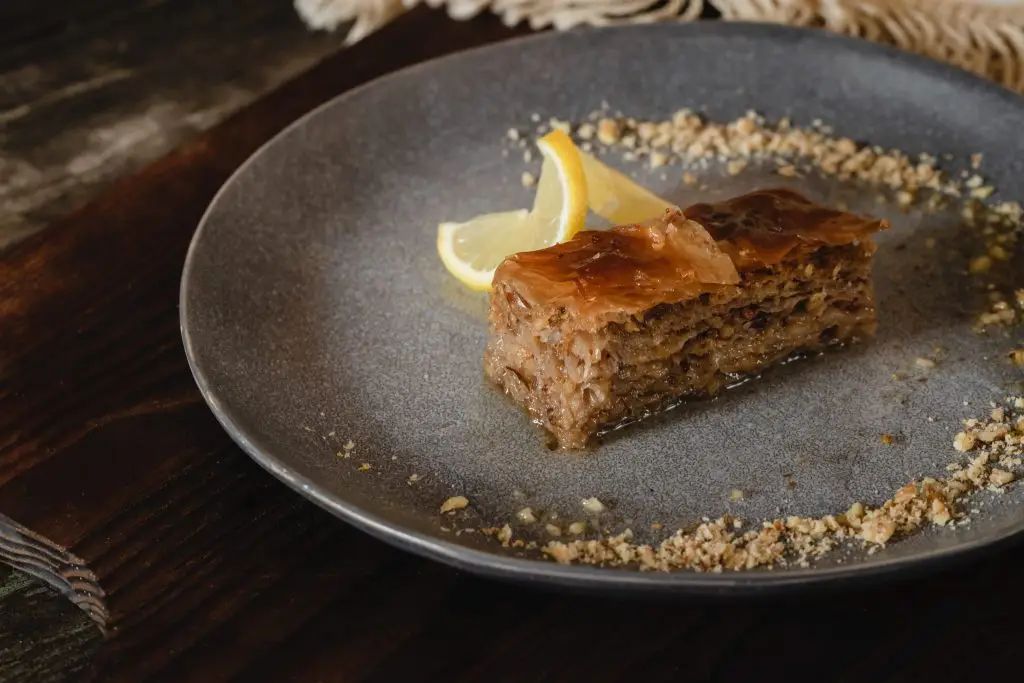
A HUNDRED PEOPLE, A HUNDRED TEMPERS, A HUNDRED BAKLAVAS
As word of this treat spread, different people modified and added to the recipe to suit their preferences. Beginning with a distinct method of cutting—triangles, diamond-shaped pieces, and oblong portions—followed by enhancing the recipe with more ingredients. Hence, cinnamon and cloves are added in Armenia, whilst rose water is preferred in Lebanon.
Baklava was introduced to Greece by merchants and sailors, and for generations, Greek chefs worked diligently to prepare the dough and make it as thin as possible.
Nowadays, pistachios, hazelnuts, dried fruits, and sometimes even chocolate are added to this delicacy. The customary addition of sherbet or agda, or sugared boiling water, to baklava has been joined by other ingredients. But tradition persists, and good taste has remained for centuries.
WHERE TO SAVOUR BAKLAVA?
Allow the route to guide you to Walter’s restaurants if you’re searching for baklava made the way our grandmothers used to. We value tradition, which is why we provide other traditional sweets like tufahije (walnut-stuffed apples poached in sugar water), urmašice (kalburabasma, a type of syrup-drenched pastry), tulumbe (fried batter soaked in syrup), and sutlijaš (sutlijash, rice pudding) in addition to the consistently excellent baklava. After lunch or dinner, treat yourself to some of our desserts. At the very end, there is a cup of steaming, handmade coffee.
Welcome!
Your Walter
